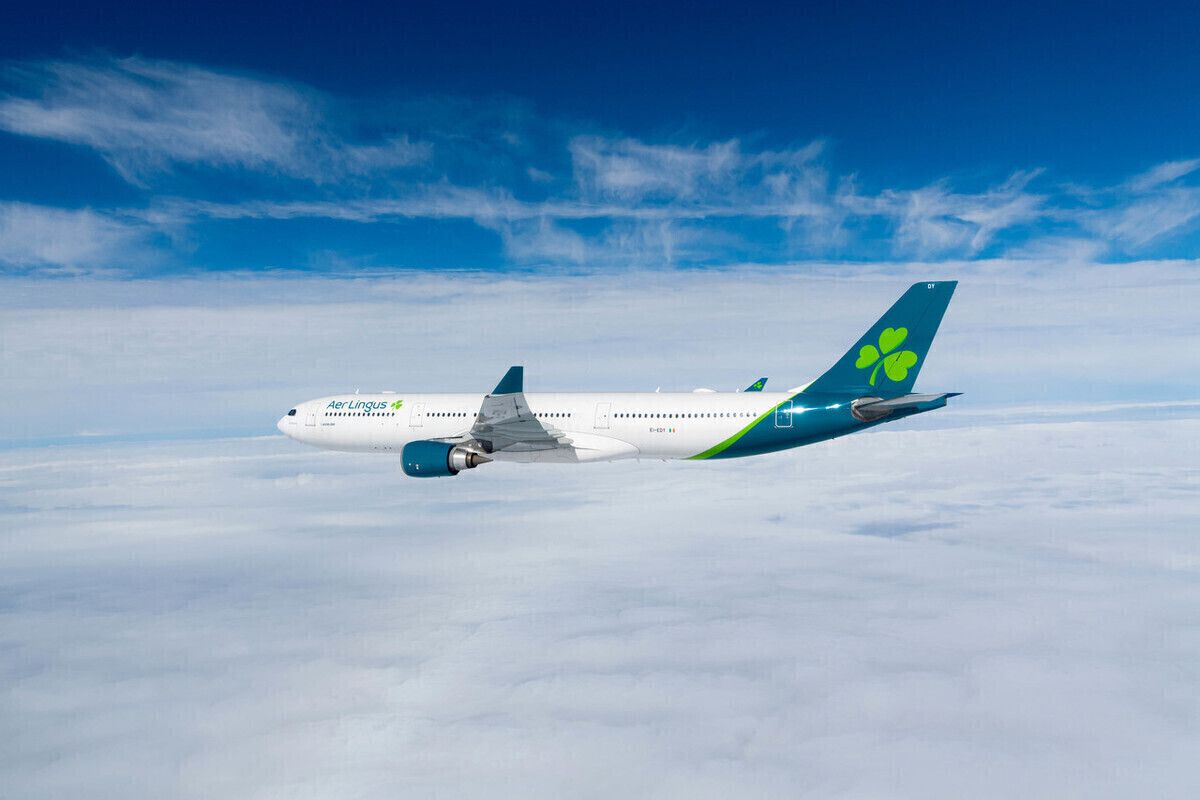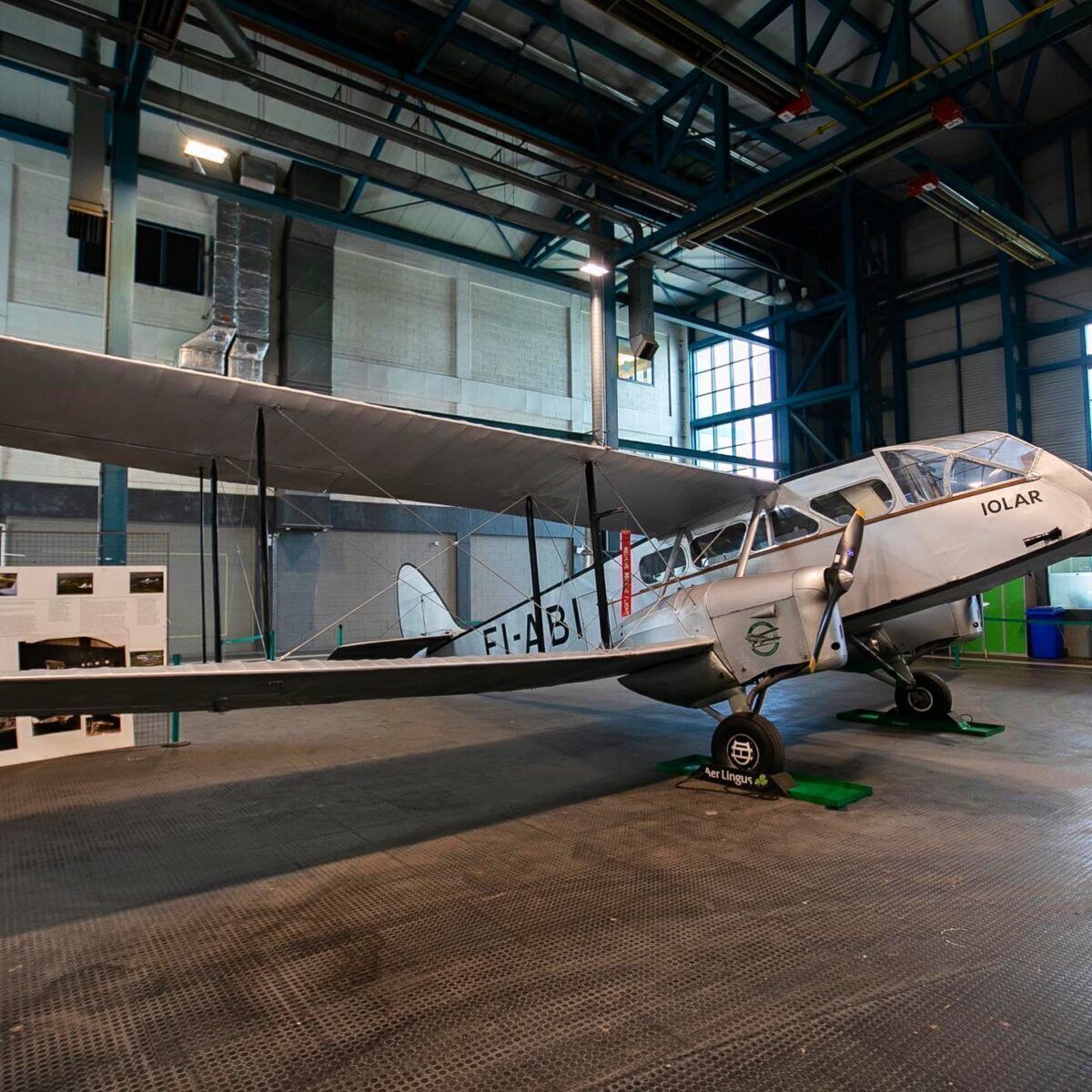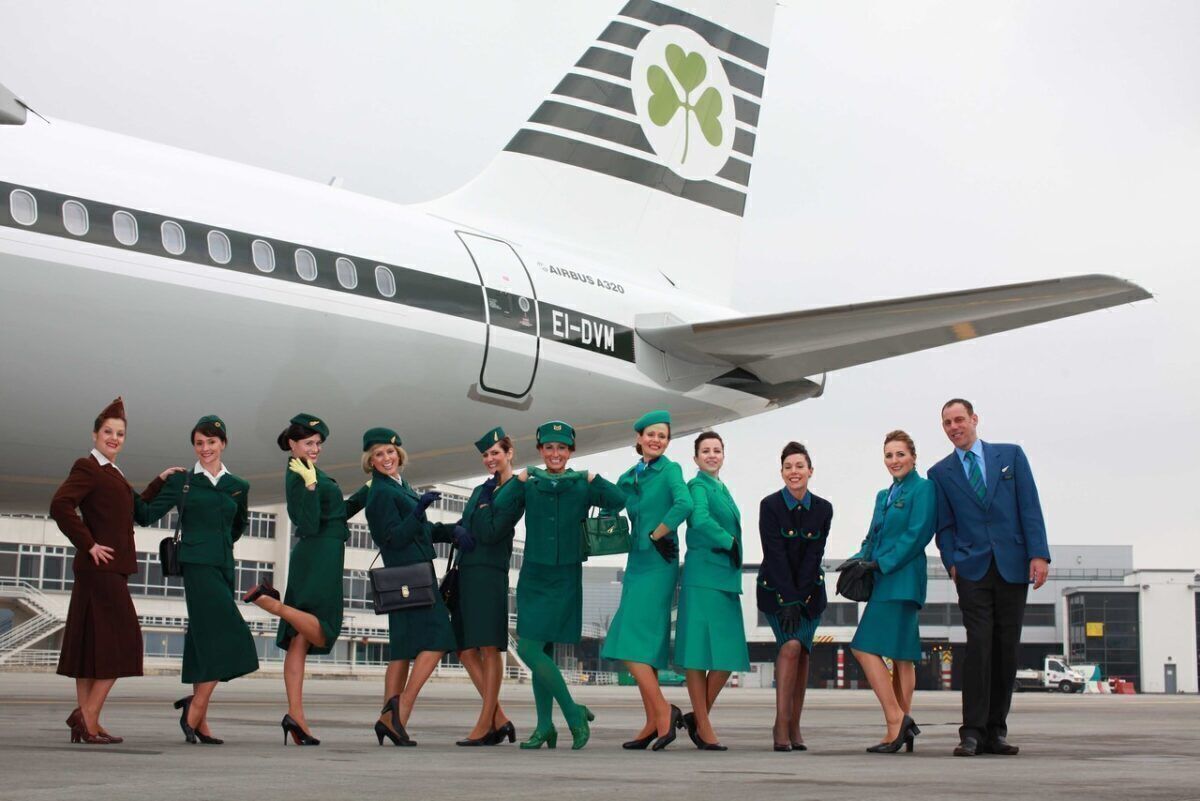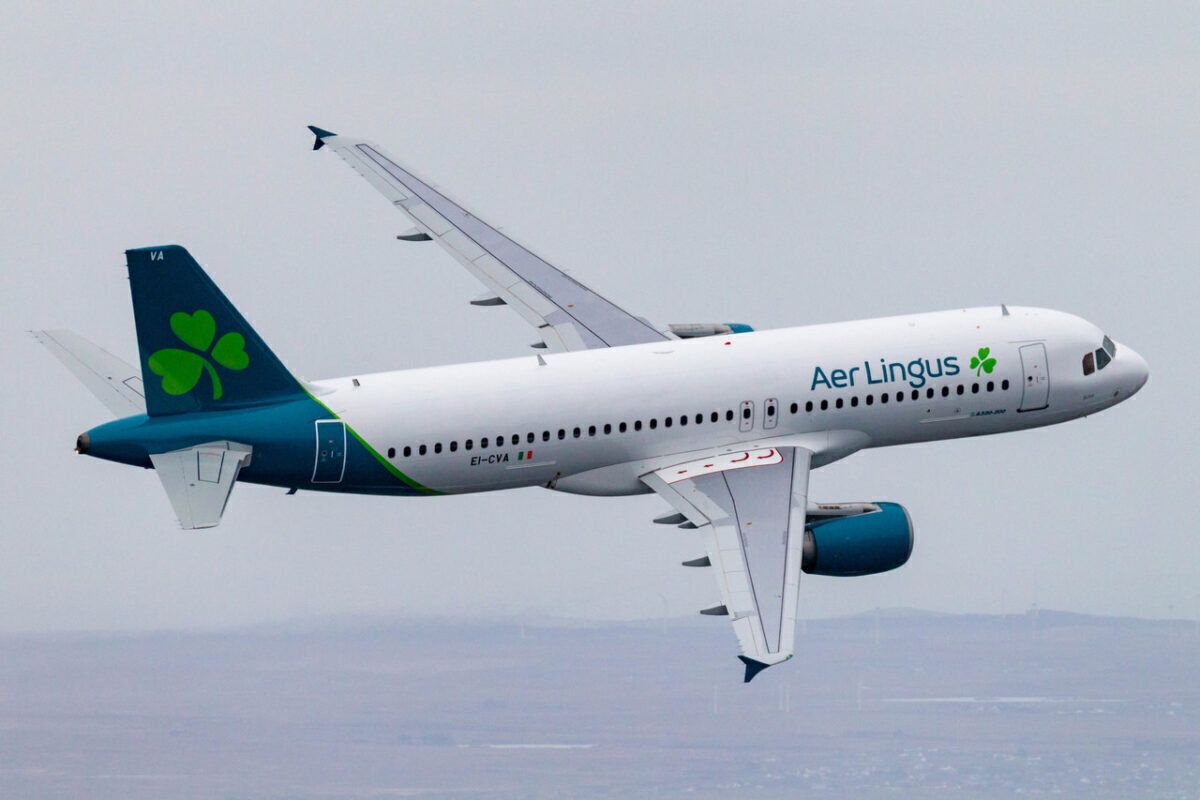On Thursday, Irish national flag carrier Aer Lingus took to Twitter to announce that it was celebrating its 85th birthday. First called "Irish Sea Airways," Aer Lingus was founded on 15 April 1936 with a bankroll of £100,000.Five days after being registered as an airline, it flew its first flight between Baldonnel Airfield southwest of Dublin and Bristol (Whitchurch) Airport, located three miles from the city center. For the historic first flight, Irish Sea Airways used a six-seater de Havilland DH.84 Dragon biplane (registration EI-ABI), named Iolar - when translated from Galic, this means Eagle.
Aer Lingus expanded after the war
Later the same year, the airline acquired a second aircraft, a four-engine 14 passenger DH.86 Express named Éire. With this aircraft, Irish Sea Airways operated the first air link between Ireland and London. The DH.84 Dragon was also used to inaugurate flights between Dublin and Liverpool, a route the airline continued flying during World War II.
In 1937 Aer Lingus, as it was now known, became wholly owned by the Irish government and operated flights between Ireland and the United Kingdom. While continuing to operate sporadic flights during the war between Dublin, Liverpool, and Manchester, it was the end of hostilities that saw Aer Lingus expand.
In 1946 an Anglo-Irish agreement gave the British Overseas Airways Corporation (BOAC) and British European Airways (BEA) a 40% stake in the carrier for exclusive UK travel rights. During the late 1940s and early 1950s, Aer Lingus expanded its flights by introducing new routes to Amsterdam, Brussels, and Rome.
Aer Lingus looked to America
Now acting as the country's national airline Aer Lingus took a distinctly Irish approach with a new green top livery and the Irish flag displayed on the tail fin. After racking up twenty years of successful flights, the Irish carrier set its sights on America and the vast pool of the descendants of Irish immigrants that had settled on the east coast.
Aer Lingus entered the jet age on December 14, 1960, when it took delivery of three Boeing 720s that it planned to use on its Boston and New York routes. The Boeing 720s proved to be successful on the transatlantic routes and were supplemented by the arrival of Aer Lingus' first Boeing 707 in 1964.
Now gaining in popularity with American's wishing to trace their Irish roots, Aer Lingus purchased larger Boeing 747s to ferry more passengers between America and the Emerald Isle.
Looking to keep up with the times, Aer Lingus decided to give its fleet a makeover in 1974 with a new livery that featured a white shamrock on the tail fin. The new green, blue and white livery also saw the removal of the words International and Irish from the fuselage.
In 1977 Aer Lingus became the second European airline after SAS when it recruited its first woman pilot Gráinne Cronin. The Irish carrier also had the distinction of being the only airline other than Alitalia to fly the Pope. In September 1979, Pope John Paul II flew aboard a specially chartered Boeing 747 from Rome to Dublin and then from Shannon to Boston.
After acquiring an Airbus A330 in May 1994, Aer Lingus operated the type on transatlantic flights between Dublin and the United States. The introduction of the new twin-engine long-haul aircraft made the older 747s obsolete and they ceased operations in 1995 after twenty-five years of service. During that time, they had flown over eight million passengers.
IAG buys Aer Lingus
Following a protracted sale process, Aer Lingus was purchased by the International Airlines Group (IAG) in September 2015 for €1.5 billion and put under the same umbrella as British Airways and Spanish national flag carrier Iberia.
Like airlines worldwide, Aer Lingus is suffering from the fallout left from the COVID-19 pandemic and hopes that a revival in summer leisure travel will put some much-needed money back in the company coffers. Everyone in Ireland is anticipating a return to foreign travel from July 15 under the European Union's new Digital Green Certificate Scheme.
Have you recently flown on Aer Lingus? If so, please tell us what you think of them in the comments.




